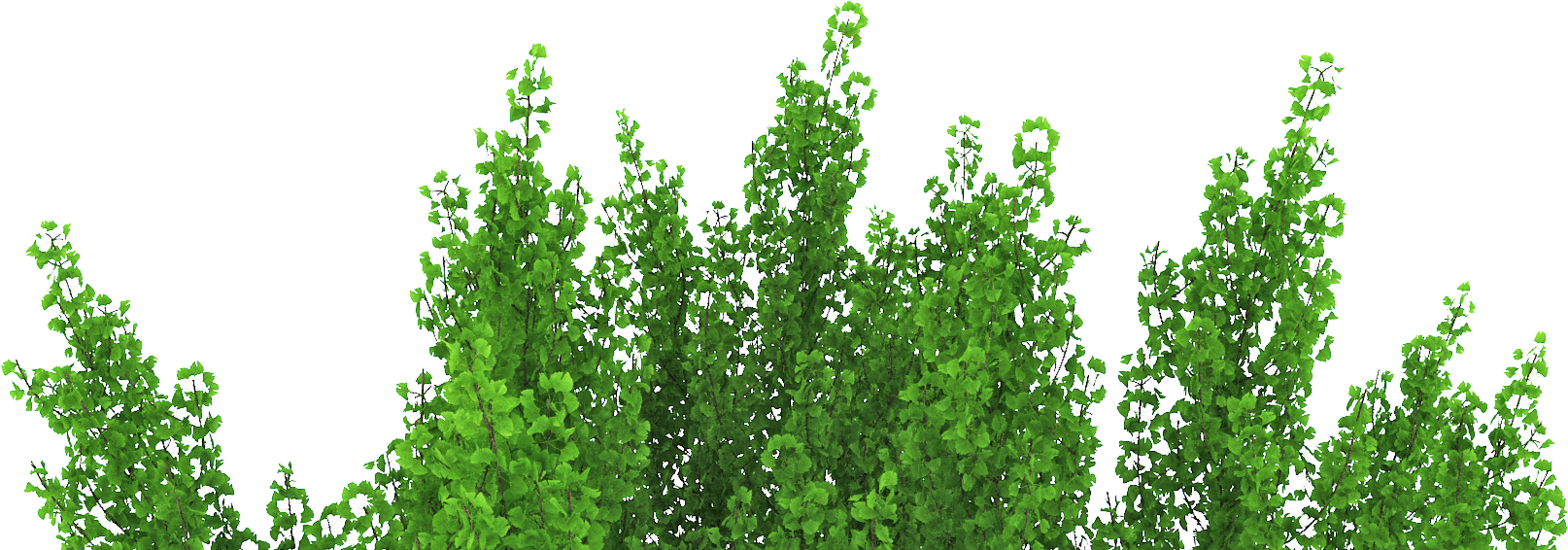Living walls are natures’ sponge.
Our customized vertical gardens build a symbiotic relationship between people, plants, and the natural and urban environment. Available in a wide range of sizes, plants, growing media, and irrigation systems. They can be simple or intricate in design and tended to manually or mechanically.
Living walls can be geoponic which is soil-based, or hydroponic, a soilless growing technique that uses water-based nutrients. Each system meets the essential needs of the plants but in different ways. Soil-based systems use a variety of containers or pockets to hold the soil and plants. They get watered by hand, a recirculating tank or direct irrigation. The soil retains the nutrients needed for healthy growth and water for prolonged hydration. Hydroponic systems hold plant roots between fibrous materials where they receive nutrients from a diluted fertilizer within the irrigation system. Depending on the system and the climate either can be installed indoors or outdoors.
Visually stunning yet highly functional, as they clean air by absorbing pollutants and capturing dust circulated through HVAC systems. Our carefully selected plants factor in the light, the traffic of the area and how people will interact in the space.
The design and installation of a living wall deserves an expert, as they don’t behave like traditional gardens.
What to consider when you’re growing up?
- The location of the wall will determine the exposure to sunlight and will determine the specific plant varietals that can be grown under those conditions. South-facing exposure allows for more colourful flowers that tend to reach for the sun and its heat, and north facing areas work better for plants that thrive in shade. Light sources can also be provided through supplementary grow lightning.
- What primary function do you want it to provide? Is it aesthetic appeal or noise reduction, and pollution absorption in a common area?
- The structural support of the space is important specifically when using a system that is fastened to the wall.
- What kind of irrigation will be required, any plugs, plumbing and other support mechanisms?
- Living walls can also be installed in outdoor spaces like foyers, private residents and communal living spaces. The same principles of light, structure and irrigation will need to be considered in the design and in the plant selections.
- Regulates building temperature in warm and cold seasons, lowering energy demand.
- Earns your building LEED credits.
- Improves employee productivity.
- Reduces noise.
- Improves air quality.
What does my building require for a living wall?
The living walls we work with incorporate irrigation systems and lighting that reduces the need for manual and time intensive plant care. We typically ask for an accessible water connection and electrical outlets.
Do I need to think about any structural requirements?
Yes. This is especially important when the living wall will be fixed to an existing wall. We will require a load-bearing wall to recommend the best system, as specific load requirements vary from system to system.
Does my living wall need maintenance?
Ongoing maintenance is essential. We deal with living products, so they do require some level of care to optimize their health and their benefits. The costs associated with maintenance visits vary depending on factors like size, access and type of plants used. We can provide an estimate specific to your installation.











